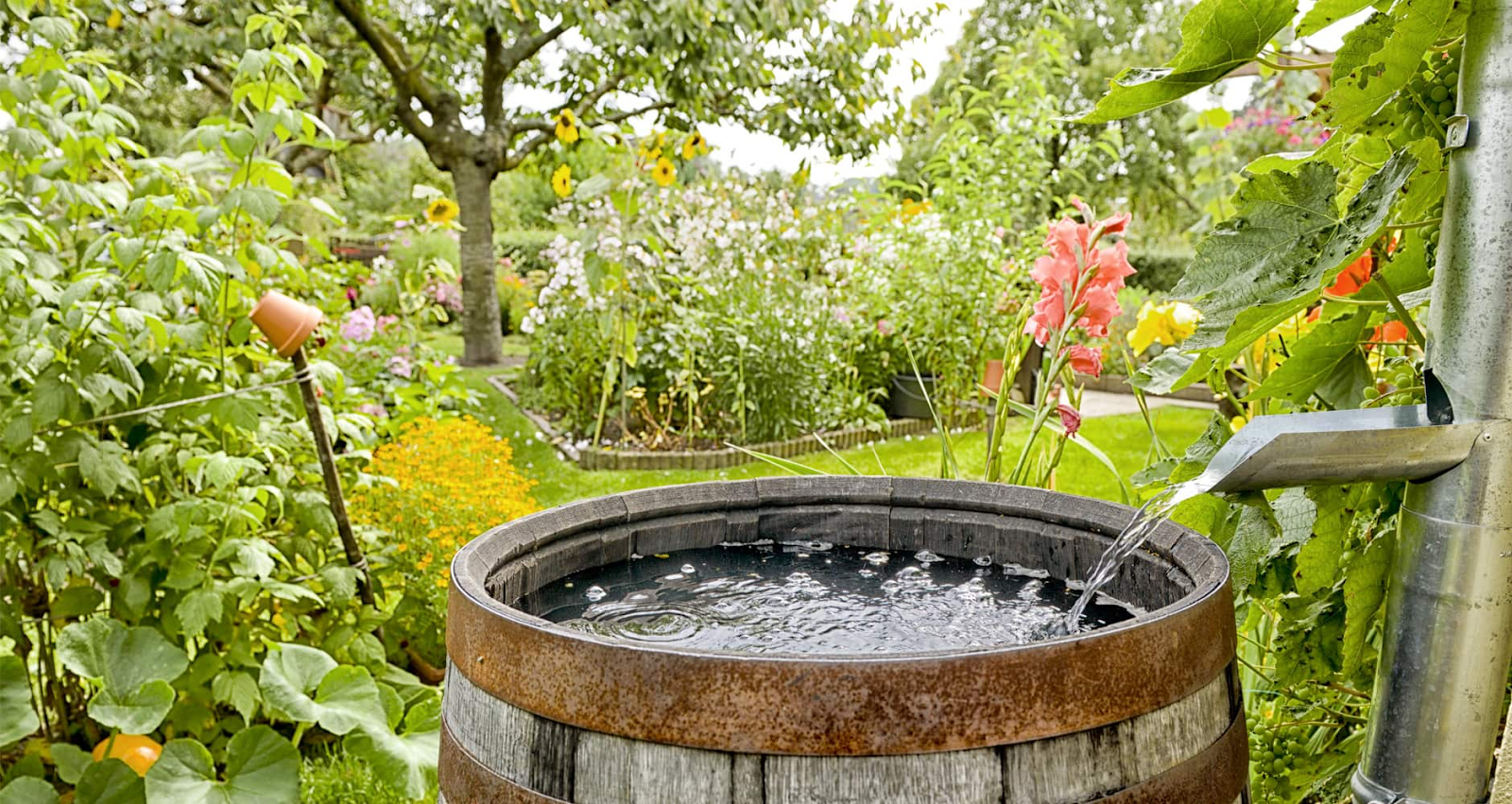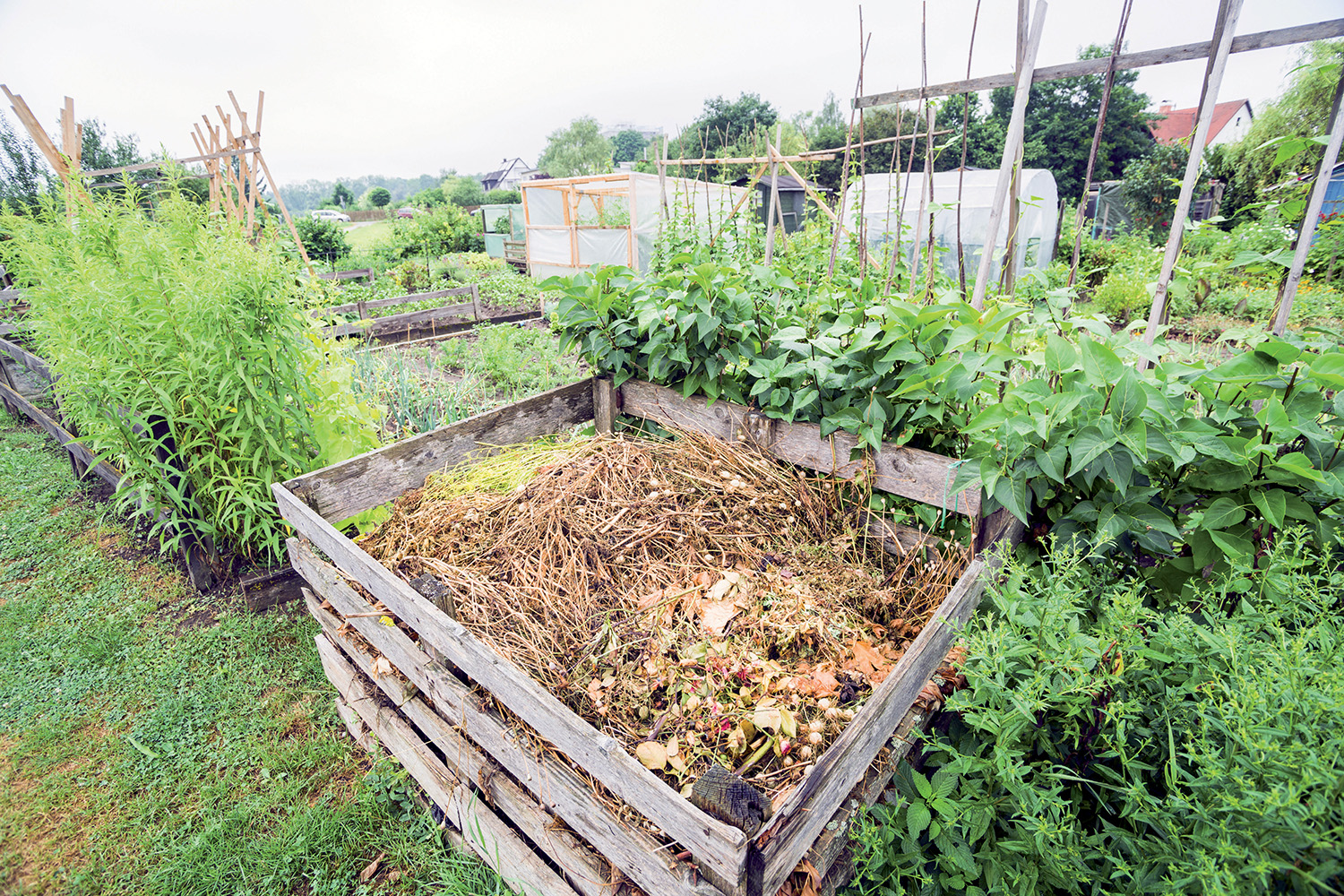May 17, 2024
Embracing the Circular Economy Through Aquaponics in City Farming Initiatives
May 18th, 2024 (Image source)
Authors: Emily Newton, Niko Simos
Professionals in industry and Controlled Environment Agriculture have spent ages incorporating farming into urban areas with mixed results. Sometimes, projects fail due to a lack of sunlight, nutrition or attention.
However, advanced aquaponics in urban farming may turn cities around, making it the most lucrative and sustainable it has ever been. It combines the benefits of ethical aquaculture with eco-friendly hydroponics. Embracing a circular economy to reduce waste and conserve resources will make aquaponics a staple of future urban development.
The Role of Aquaponics in Urban Farming
Cities have numerous openings for aquaponics, urban farming and decreasing carbon footprints through local food production. Abandoned parking lots, rooftops, large medians and unused lawns are options for growing a tomato plant or housing a few fish. Around 10.5% of U.S. residents struggle with food insecurity, which manifests in a few ways.
Many urban regions are food deserts, with limited access to fresh, nutritious meals. Alternatively, other cities might be food swamps. The qualifier is for areas with diverse, healthy options, yet more convenient choices like fast food outperform. Each circumstance harms the planet and its people. They generate waste from single-use disposables and more complex systemic issues. For example, medical waste skyrockets because fast food increases health concerns.
Incorporating aquaponics and urban farming in affected areas could provide myriad benefits and fresh, high-quality products while encouraging a circular economy.
Space Efficiency
Raising fish or produce in an urban setting does not have to span vast fields like stereotypical, corporate agriculture. Aquaponics uses space-smart, compact yet productive tanks to keep fish happy and healthy. They work indoors and outside. The method does not ask cities to uproot skyscrapers to install ponds
The space-saving qualities work well with hydroponic growing systems, eliminating soil from the equation. Taking away pounds of dirt due to a farm leaves room for increasing yield and sneaking agriculture into more urban corners.
Water Conservation
Urban farms, whether as community gardens, hydroponics or otherwise, embrace circular economies by requiring and wasting less water. Additionally, aquaponics has 90% water efficiency, making the most of every drop. Soil-based agriculture and other fish farming techniques demand tons more.
Urban regions may also endure water scarcity and be a food desert. These strategies alleviate those concerns while increasing food accessibility.
Year-Round Local Food Production
Outdoor urban farming is often supplemented by systems in controlled environments, permitting year-round, locally grown food production. This practice embraces a circular economy by reducing the need for imports and transportation waste.
Additionally, it makes cities more resilient to market and climate fluctuations that may cause produce to be inaccessible or price-gouged. The community-driven efforts increase food independence and agency while fostering a flourishing economy.
Educational, Sustainable Practices
Urbanites may have never interacted with farming systems before their installation in cities. Aquaponics could be a citizen’s first introduction and educational opportunity into the world of sustainable agriculture and lifestyles. Communities can work together to develop skills lost to time, like growing one’s food, while learning how to become a better climate steward.
Circular Economic Principles in Aquaponics and Urban Farms
A circular economy strives to rewrite today’s waste, consumptive societal systems. How do city farming projects and aquaponics reinforce these ideals?
Resource Efficiency and Product Upcycling
One principle of a circular economy is keeping what humans have in use. The idea attempts to dismantle the common end-of-life narrative for most materials and products by giving them new life. Processes like rainwater harvesting and composting are several examples of this. When city farms minimize the resources they need to support fish farms and agriculture, these peripherals become viable.
Additionally, aquaponics asserts circular economics by encouraging fish farmers to repurpose and upcycle the water’s organic waste. The microorganisms also purify water. It is a great replacement for chemical fertilizers and closes the loop on a few city farming systems.
Waste Reduction
Many people picture cities coated in dense smog with litter lining the streets. Reducing pollution and trash in urban spaces is crucial. If citizens designed these regions to support vegetation and fish growth, people would have to find ways to be more aware of their consumption.
Packaging is practically nonexistent, as aquaponic systems are reusable. Residual food waste goes straight back into compost bins to apply in soil-based growing areas. Growers can also get creative with minimizing other plant waste by using trimmings for products like tea or giving them to animals as snacks.
Nutrient Cycling
Urban farming may easily adopt this principle, which aligns with a circular economy’s objective to regenerate natural systems. Green waste becomes compost after exposure to oxygen, transforming into microbes and elements that make plants thrive in controlled environments. Aquaponics is designed to cycle nutrients throughout their reservoirs for equal distribution consistently.
Other innovations include biofiltration systems, which convert the harmful aspects of fish waste, like ammonia, into usable plant food. Biomass byproducts of soilless plant growth, like algal blooms, may assist with absorbing excess or harmful components to maintain symbiosis.
Challenges in Perfecting a Circular Economy in Urban Aquaponics and Solutions
Circular economic advantages abound by incorporating urban farming, but it comes with hurdles. Modern city farming equipment is digitized and electrified with automation or smart technology backing them. Integration could be prohibitively expensive.
It may also introduce an energy consumption problem, depending on the city’s access to renewable power. Installing smart sensors to identify opportunities to reduce electric use in machines like aerators and pumps will be ideal for curbing excess.
Another consideration is the learning curve. Urban populations are removed from agricultural strategies. Though city farming presents a novel, tech-driven approach, it still requires education. Metropolitan areas must strive to mend these knowledge gaps to overcome system complexity.
Towns should designate leaders with expertise to drive consistent learning goals for people participating in growing projects. A budding outdoor aquaponics project in Brooklyn called Oko Farms leads by example, hosting community programs to enrich nearby residents.
Finally, not all cities are open to incorporating urban farming. Regulatory agencies and extensive permitting programs may delay or prevent installations. Private and public advocacy and collaboration are essential for making these beneficial systems easier to bring into cities. Towns without frameworks can write them, promoting decarbonization and sustainable agriculture.
Aquaponics, Urban Farming and a Circular Economy
Agriculture is one of the most carbon-intensive sectors on the planet, and consolidated, urban variants are changing its reputation. It is easier than ever to make cities more circular when it comes to sourcing their food. Aquaponics and urban farming mend the gap between produce and fish — two of the most significant aspects of the food industry.
Generating locally grown food in cities will eliminate waste, make citizens more environmentally aware and solve food and water scarcity concerns as the globe continues on an aggressive path of urbanization.
Emily Newton is a science and agriculture writer. She is also the Editor-in-Chief of Revolutionized, an online magazine exploring science and industry. When she isn’t writing, Emily enjoys going for walks or camping under the stars.
